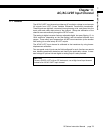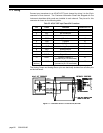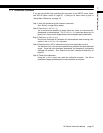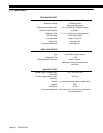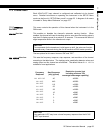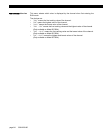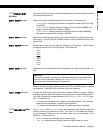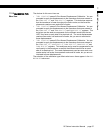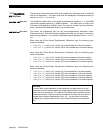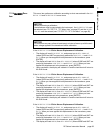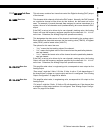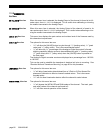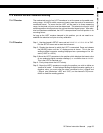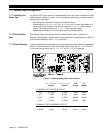
SC Series Instruction Manual page 87
AC/AC-LVDT Input Channel11
11.5.4
CALIBRATION TYPE
Menu Item
The choices for this menu item are:
•“
TYPE= 2 POINT CAL
” means 2-Point Known Displacement Calibration. You are
prompted to apply the displacements to the transducer that were entered in
the “
KNOWN POINT 1/2
” and “
KNOWN POINT 2/2
” registers. This technique assumes
that the transducer is linear throughout the entire stroke, so the usual dis-
placements used are zero scale and full scale.
•“
TYPE= 3 POINT CAL
” means 3-Point Known Displacement Calibration. You are
prompted to apply the displacements to the transducer that were entered in
the “
KNOWN POINT 1/3
” and “
KNOWN POINT 2/3
” and “
KNOWN POINT 3/3
” registers. This
technique can be used to compensate for the different sensitivities that an
LVDT may have on each side of its electrical null. The usual displacements
used are zero scale, half scale and full scale, but you are not restricted to
these displacements.
•“
TYPE= 5 POINT CAL
” means 5-Point Known Displacement Calibration. You are
prompted to apply the displacements to the transducer that were entered in
the “
KNOWN POINT 1/5
”, “
KNOWN POINT 2/5
”, “
KNOWN POINT 3/5
”, “
KNOWN POINT 4/5
” and
“
KNOWN POINT 5/5
” registers. This technique can be used to compensate for the
non-linearity in the transducer as well as the different sensitivities on each
side of its electrical null. The usual displacements used are zero scale, one-
quarter scale, half scale, three-quarters scale and full scale, but you are not
restricted to these displacements.
The selection of the calibration type affects what menu items appear in the
CALI-
BRATION DATA
sub-menu.



